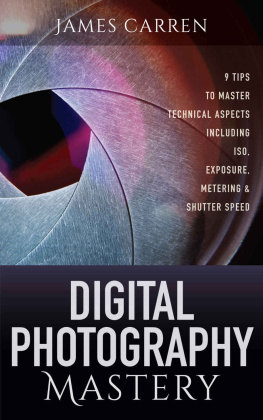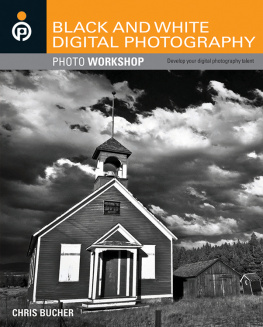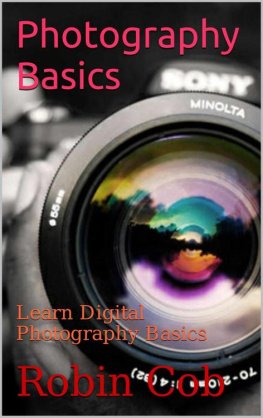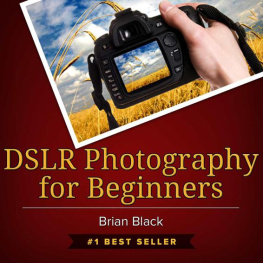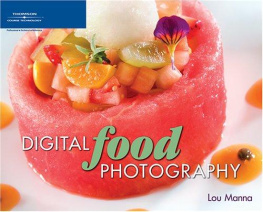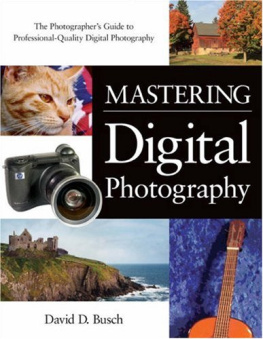THE MONK KEY SERIES
HOW TO
PAINT WITH
LIGHT
LEARNING DIGITAL PHOTOGRAPHY
by
GOUTAM CHAKRABORTY
with
SHASHIDHAR SHARMA
THE MONK KEY SERIES
This is the 5th book of The Monk Key Series, to provide some mind space to think and act constructively. This eBook is culmination of the ideas, thoughts and own experiences of two friends and professionals as an artist, photographer and an author, who were mindful of the ongoing Covid crisis and got together to collaborate and bring light into the darkness that was spread all around in isolation, quarantine and multiple lock-down periods in India, since March 2020.
And, as we are going through the most challenging time of our life, with chaos of pandemic all around, there is nothing like taking a camera or in some cases, a smart phone to capture light providing interesting patters, creative interpretations as well as painting the positivity across. We hope that this quick eBook will help to bring mental balance and peace in life and provide some space to be happy and positive.
I thank Sehran Khan for the wonderful cover design and Katyayani Tripathi for editing the series.
PREFACE
Photography is nothing but Painting with Light. Photography artists have created visuals that span various photography genres. Whether its black and white street photography, erotic photography, colorful portraits, or even animal photography - all of these photography genres have been enriched by the magical touch of the medium, which will be continued to be practiced by the photographers of the future generations as well!
Hope this becomes the guide for your first few tentative steps on the path of visual discovery and delight.
CONTENTS
INTRODUCTION
This eBook is primarily for the photography enthusiasts, who are creative and passionate. In my opinion photography has three distinct characteristics which, if the young generation can get to know, they will be able to have more creative output and fun with the medium. The three specific sections that we provided here, if one can understand and work upon as a beginner, then there is no stopping him or her to become a professional photographer.
Photography is nothing but Painting with Light . Therefore, understanding light becomes the key element of learning photography. In fact, when an aspiring photographer starts seeing light on all his possible subjects from a creative angle, his photography will reach to the next level immediately.
High contrast B&W photographs are capturing the imaginations of photographers around the world even much after the arrival of colour photography. There is something magical about them.
By definition, the essence of street photography is all about capturing the drama of everyday life and society on the streets as it unfolds. The best thing about street photography is that you can practice it everywhere even in your neighbourhood and need not necessarily travel to any exotic location to capture your great shots.
Street photography is spontaneous and waits for no one. Its a discipline you must practice to make perfect. Your camera is an extension of yourself its your gateway to sharing your vision with the world and you dont want to miss an amazing photo opportunity by not having your camera with you. If youre serious about street photography, you will have your camera within reach at all times.
I hope that you enjoy reading and learning from these few simple steps to make your own photography interesting and impactful.
DIGITAL PHOTOGRAPHY
In Digital Photography, we have Holy Trinity and they are called ISO, Aperture & Shutter Speed. Understanding of these three and able to create the perfect combination for a specific light situation is the key to become a good photographer.
Technical expertise of a photographer depends on how well he plays with these three main elements to achieve the optimum level of light penetrating to the sensor to create a great picture [technically great, however the creativity aspect of the photography is to be discussed separately].
ISO in Digital Photography:
ISO is responsible for cameras sensitivity to light. A low ISO setting means the camera will be less sensitive to light, while a higher ISO means it will be more sensitive to light. However, the quality of the image will decrease as the ISO increases and you may see 'noise' on the image with a higher ISO. An ISO setting of 100 to 200 is usually ideal when shooting outdoors during the day, but when shooting in low light situations, such as indoors or at night, a higher ISO of 600 to 800 or higher might be necessary.
Aperture in Digital Photography:
Aperture is the opening in your lens and controls how much light gets through to the cameras sensor as well as the depth of field. Depth of field refers to the area surrounding the focal point of the image which remains sharp. A wider aperture (indicated by a lower f-number) lets more light through, but has a narrow depth of field. While a narrow aperture (indicated by a higher f-number) lets less light through, but has a wider depth of field. A wide aperture is great when you want to isolate your subject, but when you want the whole scene to be in focus, such as with group shots, youll need to use a narrow aperture.
Shutter speed in Digital Photography:
Shutter speed controls how long the shutter stays open when you take a picture. The longer the shutter stays open, the more light gets through to the cameras sensor. A fast shutter speed is good for freezing action, while a longer shutter speed will blur motion. Long shutter speeds can give interesting effects, but usually require a tripod.
Wide aperture is best for portraits
When shooting portraits, whether of people or birds/animals, your subject should be the main focus of the picture and the best way to achieve this is to use a wider aperture. This will keep your subject sharp, while blurring out any distractions in the background.
Keep in mind that a smaller f/ number means a wider aperture and the wider the aperture, the more dramatic this effect will be. Some lenses can go as low as f/1.2, but even apertures of f/5.6 can do the trick. To better understand how the aperture affects your images, switch to Aperture Priority Mode (Av or A) and try taking some shots with different apertures.
Narrow aperture is best for landscapes
Landscape photographs require a different approach, because everything from the trees in the foreground to the mountains in the background should be sharply in focus. So, any time youre shooting a scene where you want everything to be fully in focus, you should select a narrow aperture rather than a wide one.




